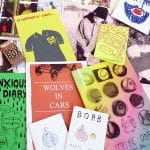Zines
What is a Zine?
Fanzines or zines are d.i.y. self-published pamphlets produced by anyone who wants to communicate whatever takes their fancy: ideas, thoughts, dreams, passions, artwork, photography, comic strips, diary entries – there are no rules.
Zines often address under-the-radar issues and cult subjects that might not be covered by mainstream publications. They are anti-capitalist, community spirited, easy to create and should be cheap to make and buy.
As a general rule, if a publication has an ISBN, a high price tag, seems to be expensively produced or comes from a ‘proper’ publisher, then it probably isn’t a zine.
‘The term zine comes with a history and context which implies radical methods of publishing and sharing… The intent of zines, the whole idea behind them was to create something quickly, cheaply, and with no skill whatsoever and most importantly to disseminate them as cheaply as possible.’ (Casio, 2019)
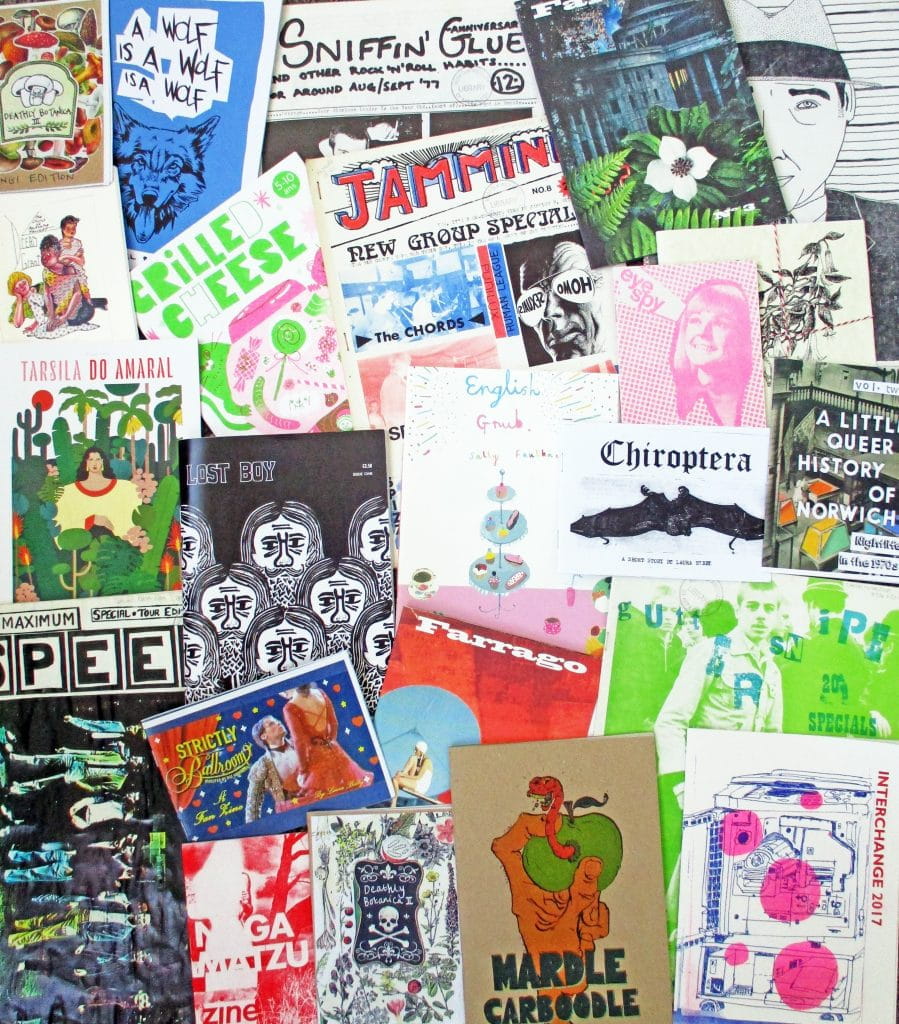
Norwich University of the Arts Library Zine Collection
Our collection of zines is out on display, ready to be browsed by you in the Library (sorry, they can’t be borrowed). We have a wide selection, many of which have been donated by our students, past and present. We also accept donations from outside zinesters who contact us, and we buy zines from local shops, online distribution sites and from zine fairs.
We have fanzines from the late 70s and early 80s, including copies of the infamous punk fanzine Sniffin’ Glue. As these are a bit fragile we keep them in the Special Collection cabinets, but please just ask if you’d like to see them.
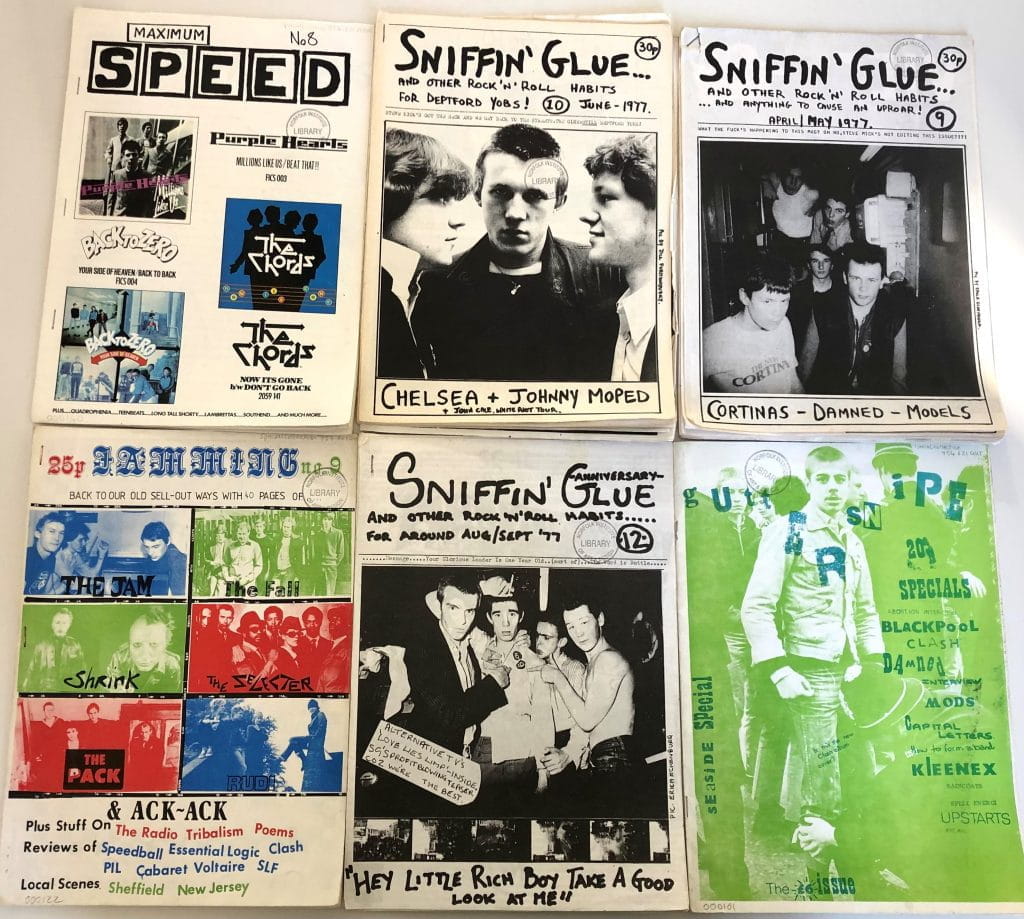
Types of Zine
As zines have become increasingly popular over the last decade or so, the terms that are used to describe them have increased. You might hear a zine categorised in one of the following ways, but if you’re a zinester, how you describe your own work is entirely up to you.
Here are a few of the different types of zine you can find in the Library:

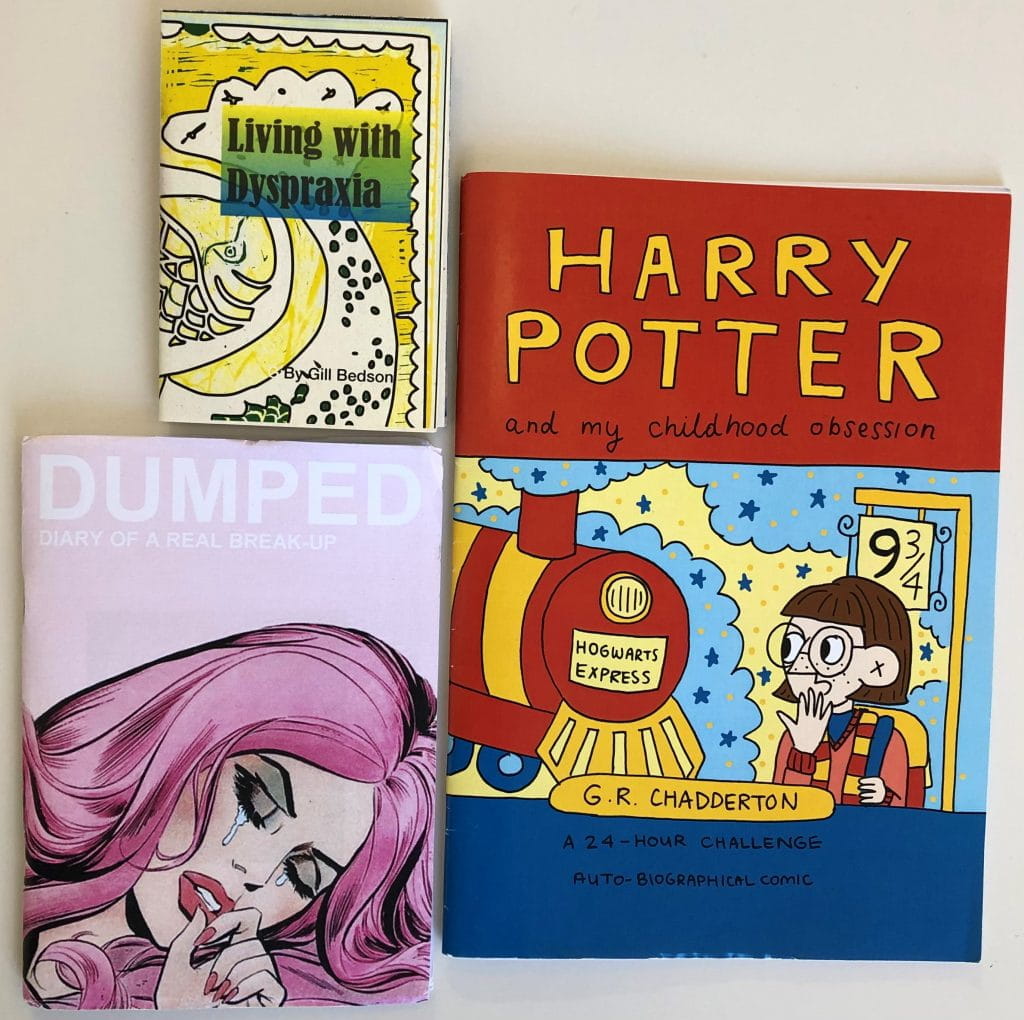
Fanzines are dedicated to particular cultural phenomena – maybe a band, a film-star, a tv programme – anything the zinester is a fan of.
Perzines discuss the zinester’s personal feelings, thoughts, lifestyle choices etc. Sometimes these might take the form of a diary or a comic strip.
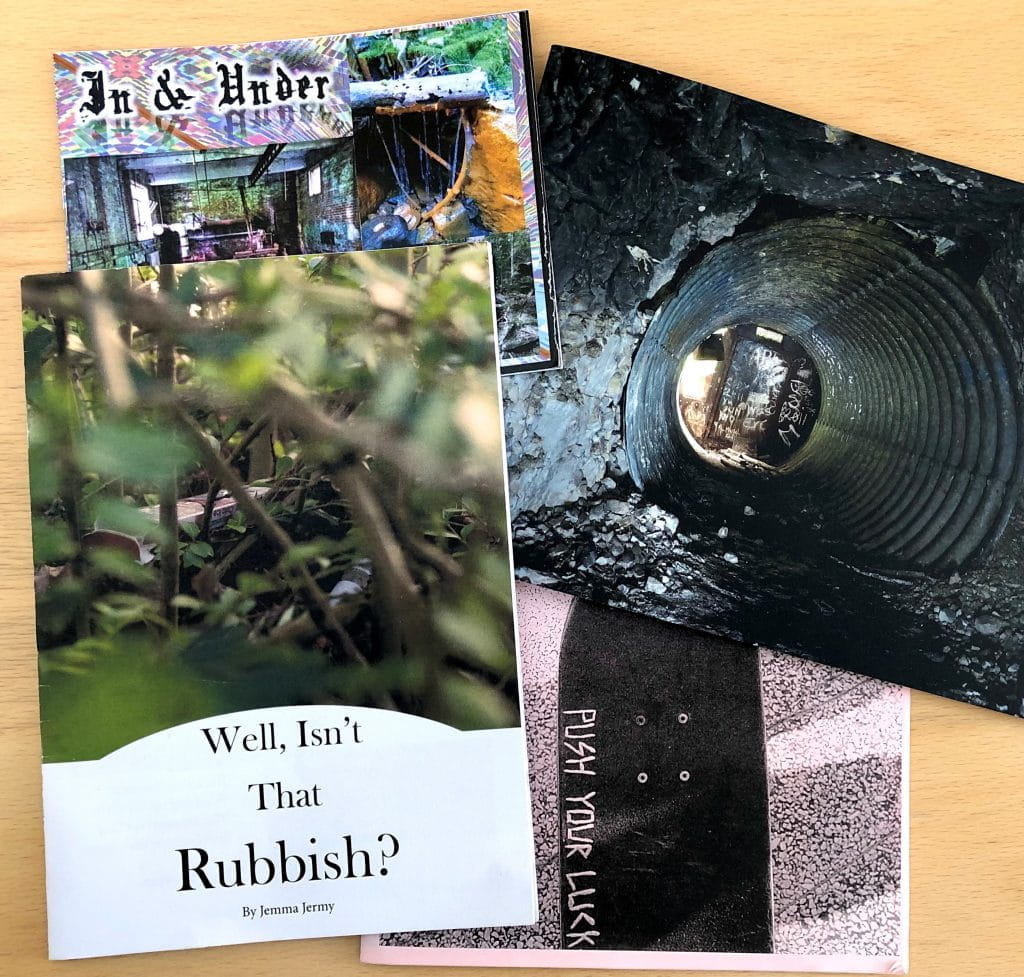
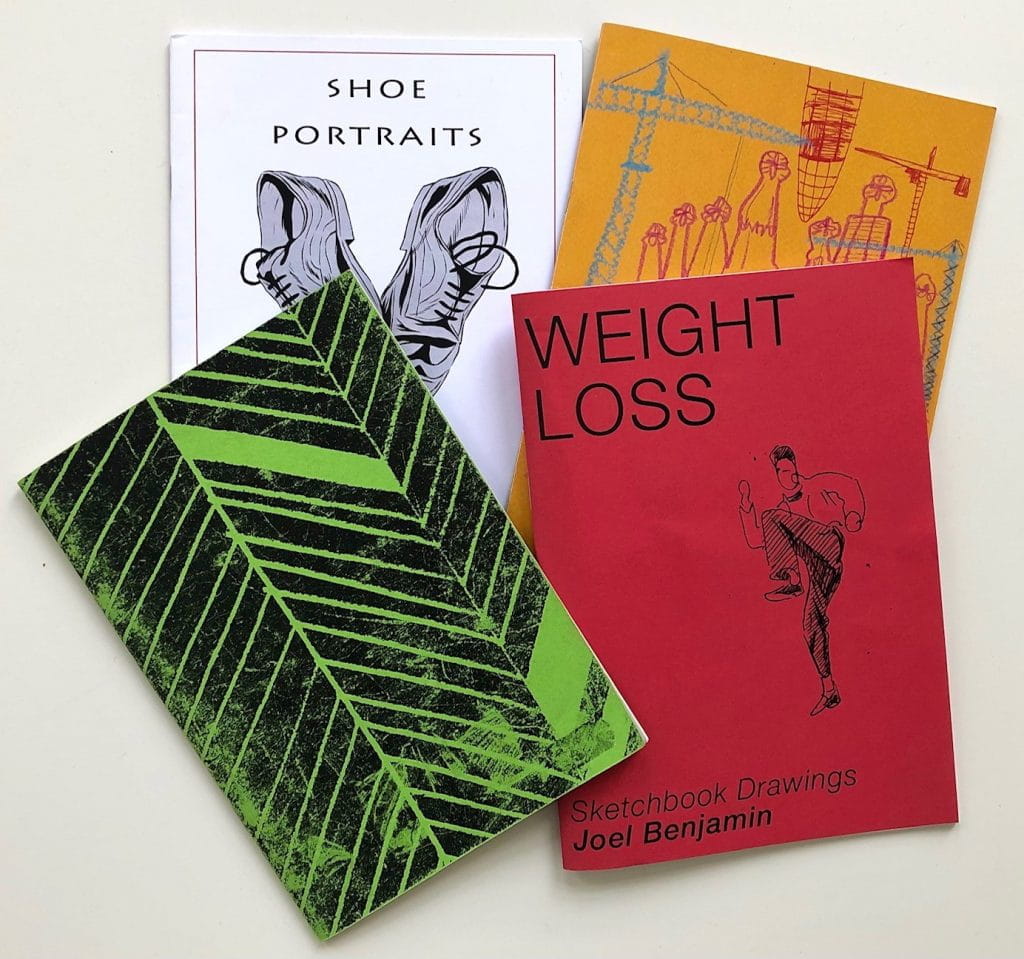
Photozines tend not to have much text, relying on photographs to put their message across.
Art Zines – again, there’s usually not so much text in an artzine as they’re vehicles for the zinester’s art, illustrations or sketches – a bit like lo-fi artists’ books.
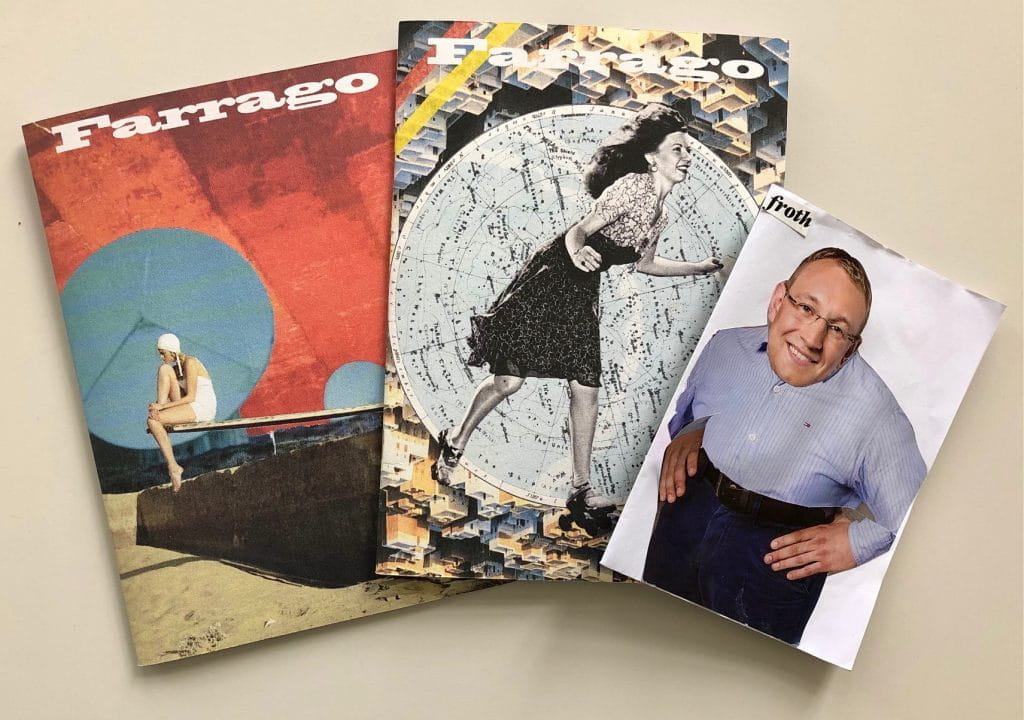
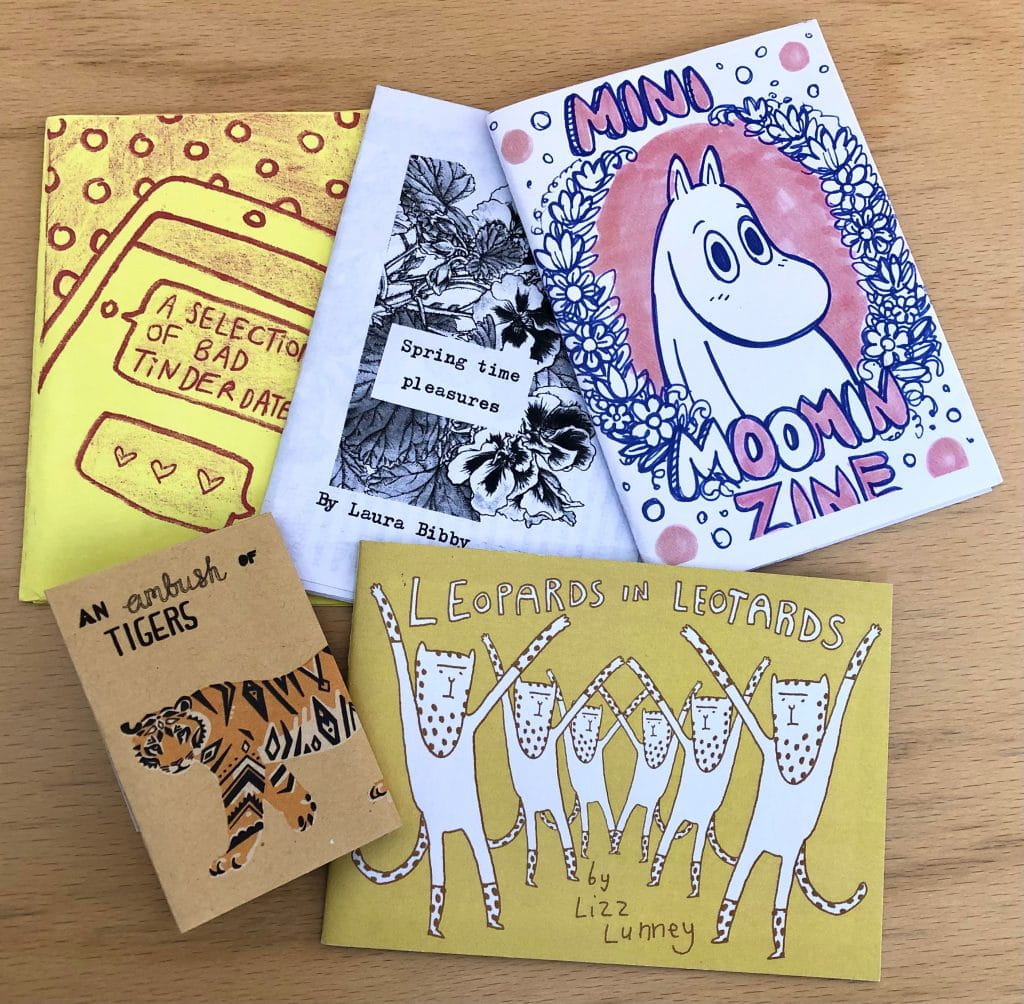
Cut & Paste Zines use collage – juxtaposing found images in surprising ways to create new narratives.
Mini Zines are exactly what they sound like – really small zines. The smallest one in the Library’s collection is A bed of sloths (Disaster Designs, n.d.) which measures 6cm x 4cm.
Donate YOUR Zine to the Library

- If you’d like to add a copy of your zine to our collection, you can drop it in our Zine Donation box which you’ll find next to the zine/magazine display area on the Library first floor. Please fill in a zine donation form which helps us get all the details about your zine right when we add it to our catalogue. You’ll find copies of the form by the donation box or download one here:
Books about Zines
The Library also holds a good selection of books about zines. Follow the link to see a list of these books on the Library catalogue:
Books about Zines (opens in a new window)Broken Pencil
This publication describes itself as ‘a mega-zine’. It’s published 4 times a year and ‘features reviews of hundreds of zines and small press books, plus comics, excerpts from the best of the underground press, interviews, original fiction and commentary on all aspects of the indie arts’.
The library subscribes to an online version of Broken Pencil:
Read Broken Pencil online (opens in a new window)References
Casio, H. (2019) This is fake d.i.y. Available at: https://coolschmool.com/news/this-is-fake-diy-online (Accessed: 18 March 2022).
Disaster Designs (n.d.) A bed of sloths.
